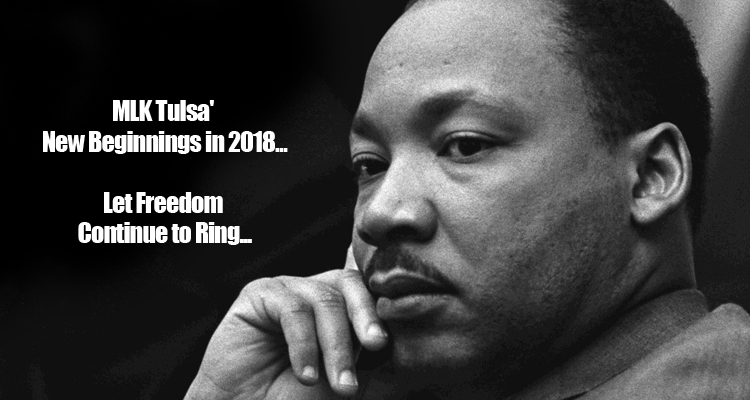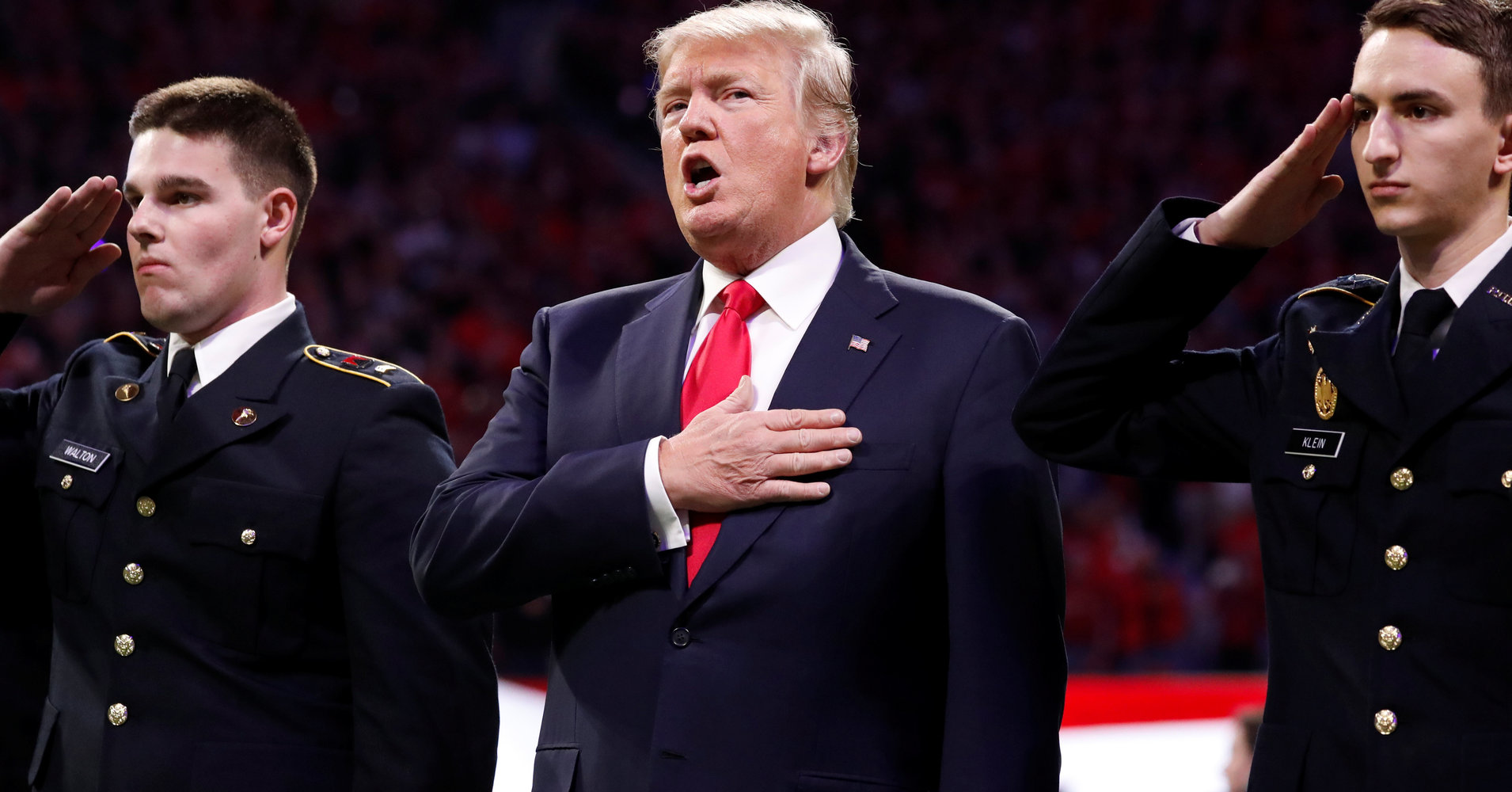
By Pastor Anthony Scott
Our nation has embarked on a yearlong commemoration marking the Fiftieth Anniversary MLK’s assassination. This year also marks the eighty-ninth year since his birth. In “Let The Trumpet Sound”, author Stephen B. Oates said, “it was on a cold and cloudy Saturday, January 15, 1929, that M. L. entered the world, so quiet that the doctor feared him stillborn and had to spank him several times before he cried.”
In much the same way, the beneficiaries of his life dedication have fallen asleep since his untimely demise. The result being a Dream deferred in far too many instances. There needs to be a rebirth of the collective spirit he sought to instill in all humanity. A collective spirit dedicated to serving the good of all and motivated by the Christian ethic. For Dr. King, that Christian principle was best portrayed by Jesus when he taught about the Greatest Commandment in Luke 10:25-29 paired with the succeeding story in Luke 10:30-37 about the Good Samaritan. Here, Jesus illustrates what I all The Contours of Neighborliness.
I once heard a Charlotte attorney make or quote this statement, “we used to dream of flying cars and cities on the moon. Now we just dream of a city that lives together, works together, and solves problems together.” Something drastic has happened to human nature over the last fifty years. The word neighbor at one time had significance. People cared and were concerned with the problems of others. Sadly, something has happened to man’s capacity to care for his fellow man.
Technology has shrunk our world into a global village. We are instantly aware of tragedies the world over which has resulted in our having less emotional capital to invest in any human situation. Urbanization has us so concentrated together that it has had a tremendous effect on our modes of relating to one another. We prefer numbers over names, texts over talks, and emails over letters.
However there is hope. In this parable of Jesus, there are certain fixed points that can help us recapture and move toward an authentic model of neighborliness in our day. There are three forms of neighborliness before us.
The first form is obvious and amounts to Individual Help, one person helping another in a time of need. The Samaritan stopped, because he saw a human in need. Seeing a human in crisis no matter the context is always foundational to being a neighbor. Our second form is less obvious and often overlooked. It was Institutional Help. After the Samaritan had done all he could with his time and resources, he took the man in crisis to an Inn. He linked him up with some helping services. Here we see not the politics of help but the Gospel of Help. The next morning the Samaritan paid for services that were provided. Humanity has always learned where its predictable needs are going to arise and developed institutions to meet those needs.
The third and final form exists in a more implicit sense. Concern for the Jericho Road itself implies Infrastructural Help. The causes of the brutality that occurred needed to be addressed so it did not happen to the next person. What can be done to keep this from happening again and again? This is a dimension of the problem that must be faced. It underscores the distinction between social services which respond to effects and social action that addresses causes. Social services are reactive, social action is preventive and Dr. King believed we needed both. Dietrich Bonheoffer asserted, “man lives from outside in as well as inside out.” Social structures of society affect individuals just as individuals affect social structures.
Yet none of this is possible without Incarnational Help. What does this mean? Bonheoffer also said, “It means that a Christian needs others because of Jesus Christ. It means that a Christian comes to others only through Jesus Chris, and it means that in Jesus Christ we have been chosen from eternity, accepted in time, and united for eternity. So who is your neighbor?










